1832 — Gustav Suckow (France) discovers the light sensitivity of chromates.
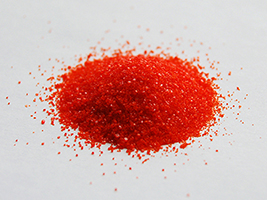
1838 — Mungo Ponton (Scotland) finds that bichromate of potash in contact with an organic substance has the property of changing its solubility according to its exposure to light. The Edinburgh New Philosophical Journal published his report on the discovery. Fun fact: Ponton’s article in the Journal was followed by one detailing what to do if you lose your rudder at sea.

1852 — Fox Talbot (England) experiments with mixing potassium bichromate and various colloids like gum arabic and gelatin. Talbot uses that tanning or hardening effect to develop what he terms “photoglyphy”, a resist method of printing.
1855 — Alphonse Poitevin (France) adds carbon black to the mix of gum and bichromate to produce a photographic image.
1858 — John Pouncy (England) improves on Poitevin’s method by exposing the same print multiple times over multiple days using the same negative. The gum bichromate process is born! But the image produced doesn’t fit the aesthetic and commercial demands of the day: precision, accuracy and ease of reproduction. The process sat on the shelf for three decades waiting to be rediscovered.
1890s-1920 — 35 years after Pouncy’s discovery, the gum process finds its place during the Pictorialist period. The cultural climate had shifted away from the pursuit of exact replication in favor of unique printmaking methods that offered artists the opportunity for self-expression. The Arts and Crafts Movement was a driving force behind the Movement’s rise.
Master gum printers like Robert Demachy (France), Heinrich Kuhn (Germany), and Edward Steichen, Alfred Stieglitz, and Gertrude Kasebier (United States), produced beautiful, often evocative prints. Their work was among the first to ever be exhibited in art museums around the world.
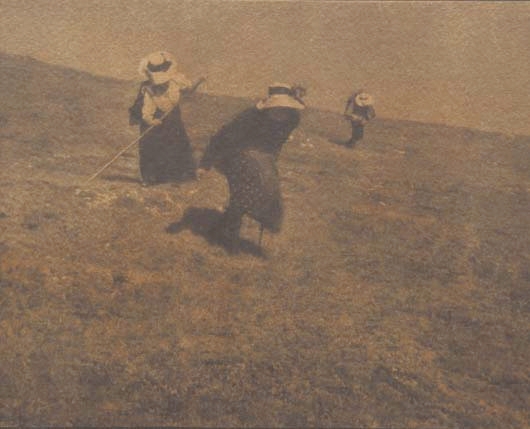
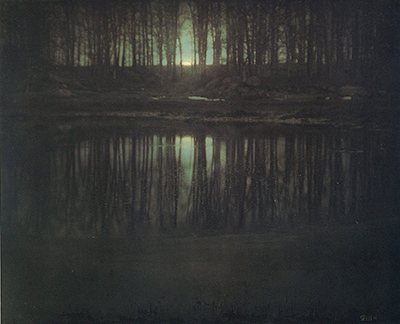
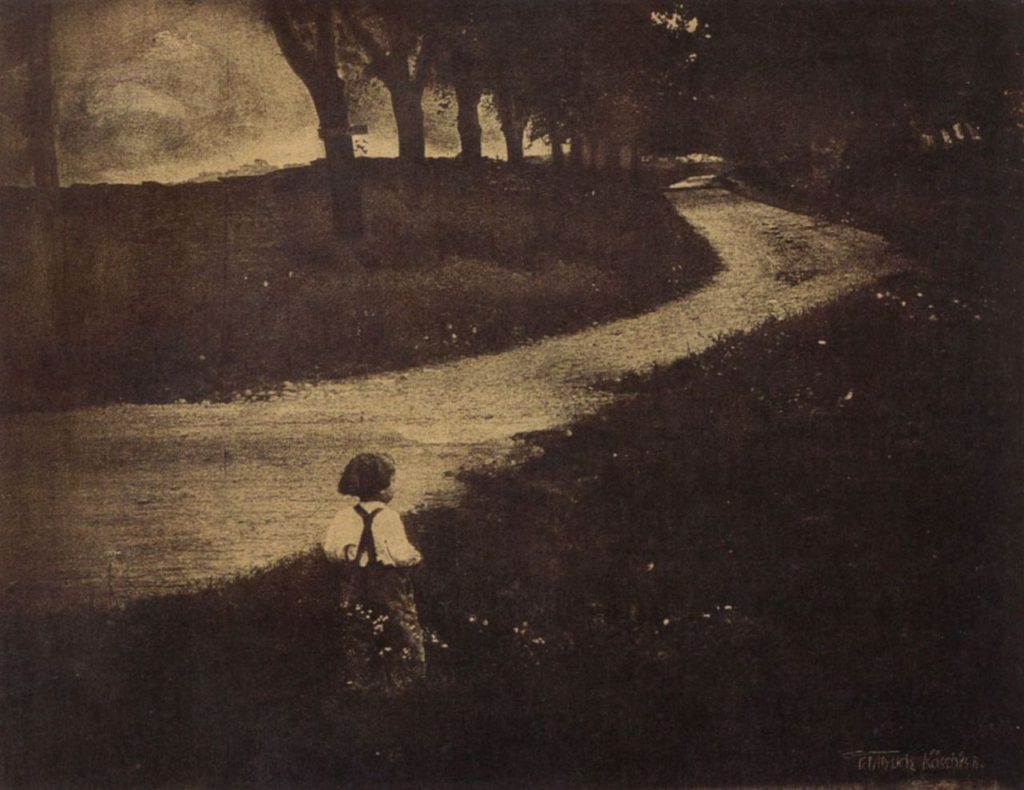
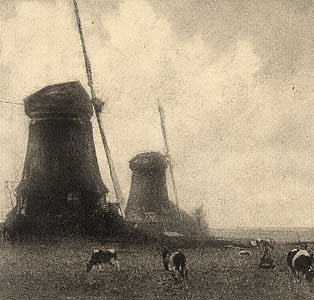
1930s-1960s — Gum printing comes to a screeching halt, mocked and derided as too sentimental for modern tastes.
1970s to the present — Following the publication of Art and Photography by Aaron Scharf in 1968, alternative photographic methods like gum bichromate photography began to regain acceptance. By the late 1980s, a few books were on the market. Most were difficult to find.
Bea Nettles’ Breaking the Rules (1977), David Scopik’s The Gum Bichromate Book (1978). William Crawford’s The Keeper’s of Light (1979), Catherine Reeve and Marilyn Sward’s The New Photography (1984), Luis Nadeau’s Gum Dichromate (1987)….. and a few others were in print. That was about it. Trips to Washington, DC and the Library of Congress helped fill in the gaps with their collection of photographic books written in the 19th and early 20th centuries.
Since then, dozens of books have been published. Most substantively, Christopher James’ The Book of Alternative Photographic Processes (2008) now available in its 3rd edition and Christina Z. Anderson’s Gum Printing and Other Amazing Contact Printing Processes (2013) and Gum Printing: A Step-by-Step Manual, Highlighting Artists and Their Creative Practice (2016)
Today, alternative printing methods are explored routinely in books and exhibits. New avenues are being explored individually and in chat rooms throughout the world. And always in the conversational mix is the gum process.